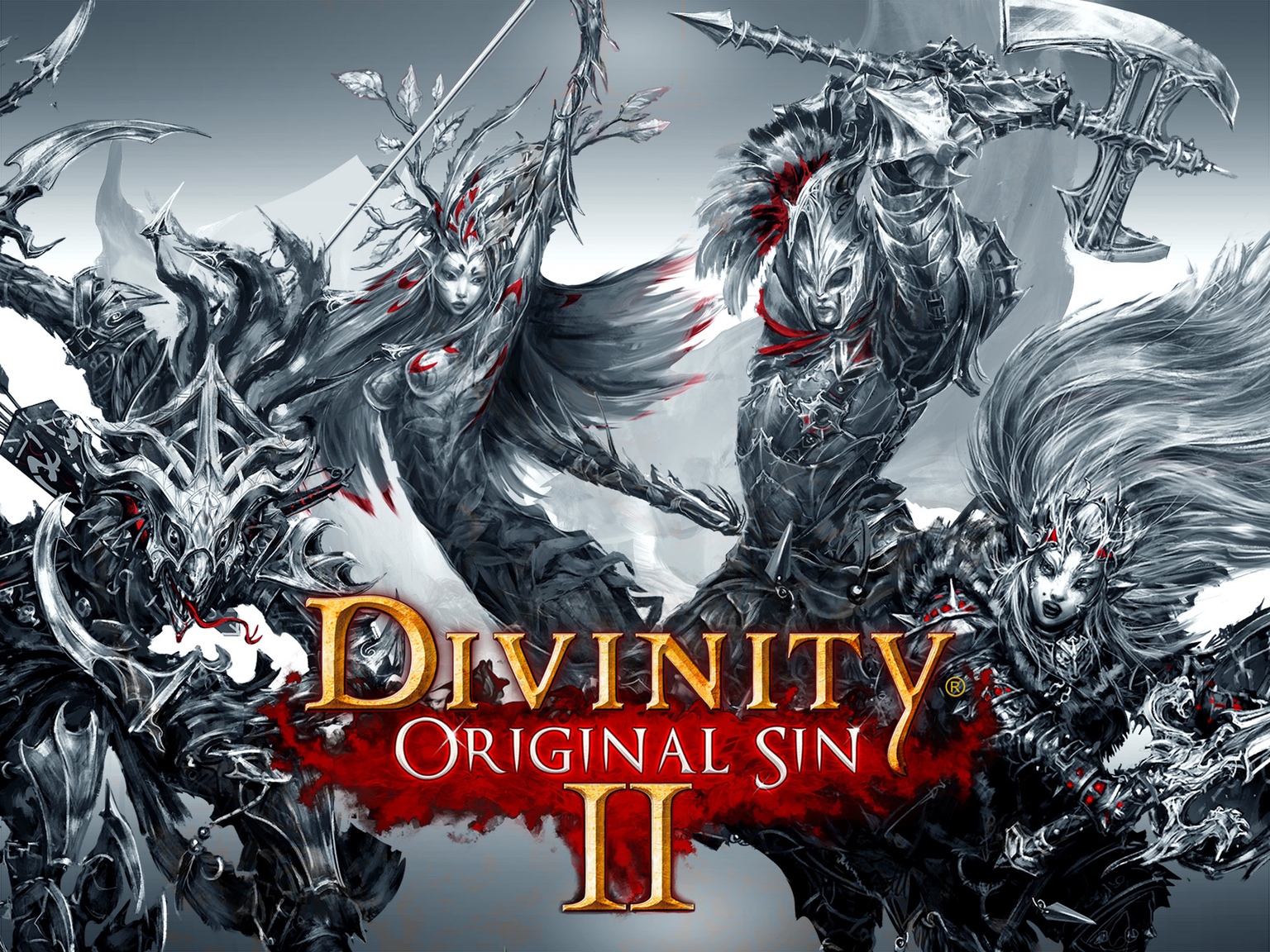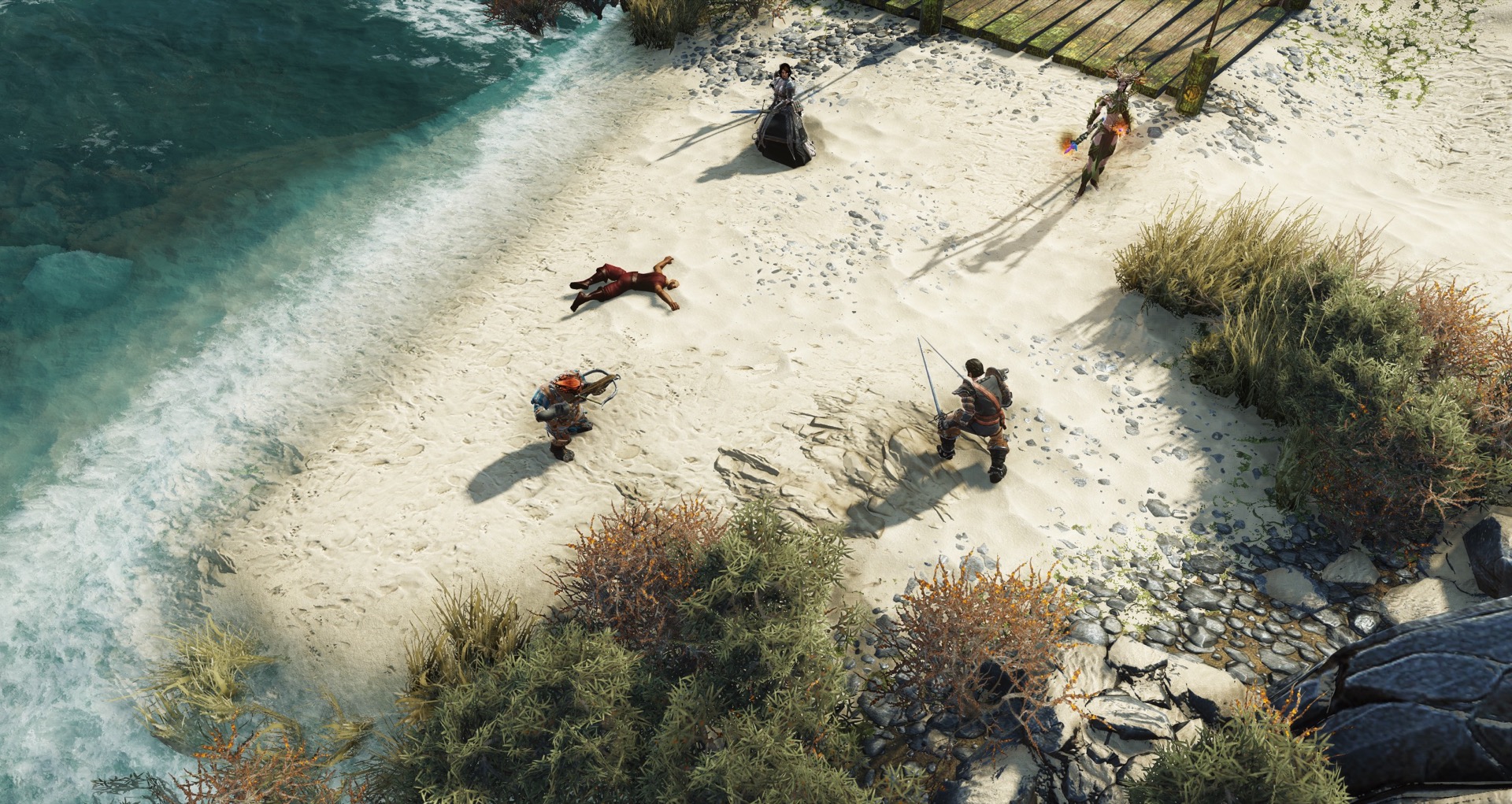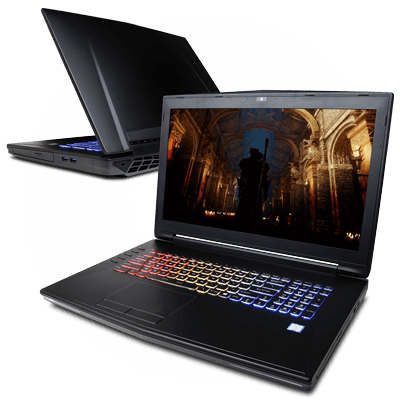
Divinity: Original Sin 2
Larian Studios
There haven’t been many epic fantasy RPG video games that I’ve seen come out lately. When I mean epic, I mean multiplayer experiences that evoke the magical feeling of pen and paper games, such as Dungeons & Dragons or the ill-fated Warhammer RPG. Nothing has really come close to those old school RPG video games such as Baldur’s Gate 1 & 2, Tales of the Sword Coast, and the like.
Pillars of Eternity was a pretty good game, but it was only a single player affair. Tyranny was also decent, and had a more unique (and frankly bizarre) storyline, but again it was single player only. One could argue that the Titan’s Quest Anniversary Edition was as close to capturing that old school RPG vibe, but it was more of an ARPG than a purely RPG experience.

Larian Studios did have a pretty decent reboot of the Divinity series back in 2014, but for me the story was a little “meh,” as well as having some rather underwhelming game mechanics. Larian decided to take another stab at the franchise and created a Kickstarter campaign for Divinity: Original Sin 2, which was massively successful. It allowed the talented team behind it to really not only show their chops, but also have total creative freedom.
Divinity 2 takes place a few centuries after the close of the first Divinity. The gods have been essentially wiped out and the fabled sourcers are being hunted down and enslaved or exterminated. Players take the roles of captured sourcers who begin their journey on board a large galley which is travelling to For Joy, a prison for hardened criminals.

In what makes the Spanish Inquisition look like child’s play, Bishop Alexander the Innocent, has declared that sourcers are the ones responsible for the death of the gods. Therefore, the platers must first escape and then try to figure out what is behind this worldwide condemnation of sourcers. Without spoiling anything, there are plenty of plot twists and turns to keep the players guessing throughout the game’s lengthy campaign.
Divinity 2’s first stop is its robust character generation system. You first choose a race—human, dwarf, elf, lizard, or undead, and then a class. Classes range from your standard Fighters and Wizards, to more esoteric ones such as Shadowblades and Battlemages. You can then choose your character’s talents, skills, and/or spells, as well as their background, such as if they are a barbarian or noble. The character creation process is so involved and deep that I spent around an hour and a half just generating my first character.
The gameplay itself is very much reminiscent of Neverwinter Nights or XCOM, both in terms of its strategic turn-based action and the way that each character in a party has an important role to fill. For instance, you can have Knights, Clerics, or Fighters hold the front line since they’re heavily armored, while your spell-users can cast spells from the back. You can also use more specialized classes to bring unorthodox tactics to battles, such as having a Shadowblade turn invisible and backstab targets from behind, or having a Metamorph turn into a ferocious animal and frighten enemies.

Larian has also updated their combat and physics engine. The cohesion and logic behind casting and environmental effects are simply stunning. For instance, our party’s magic user attempted to cast a cloud of toxic gas on a group of enemies during a storm, and it was immediately swept away in the wind. Talk about an attention to detail—this game has it in spades.
Another thing that we noticed right away was the depth of the NPC’s dialogue. There is literally dialogue for anything you would ever want to do. It will tailor itself based on your character’s race, gender, class, weapons, background, musical instrument—heck, there’s probably dialogue based on if you’re nice to animals or not.

The world of Divinity 2 is vast in its scope, and the myriad complexities accrue based on what actions you take. In other words, the choices you make really do effect the storyline in both subtle and more obvious ways. Therefore, you really have to weigh matters carefully before deciding anything, since they can come back to bite you in the rear later on.
Presentation-wise, Divinity 2 is definitely the most gorgeous looking fantast RPG on the market right now. Little touches, such as leaves falling from trees, animals scurrying about, and waves crashing against the shoreline are handled with such mastery that you can tell the environmental designers really had a field day with this game. Similarly, melee and spell effects are spectacular, and really show off the game’s new highly-advanced graphics engine.

In all, Divinity 2 is a modern masterpiece of game-crafting. It has gorgeous visuals, a deep and compelling storyline, a complex and satisfying combat system, and a high replayability because of its decision-based gameplay. Divinity: Original Sin 2 is a no-brainer for anyone even remotely interested in immersive and atmospheric adventure games.
SCORE: 91%
Divinity: Original Sin 2 features great graphics that make its space strategy theme come alive. However, you want to have a pretty beefy gaming PC or gaming laptop in order to play it at a decent framerate. So, you may just want to invest in a decent gaming rig:

Visit CyberpowerPC’s website to check out all of the other great deals as well!